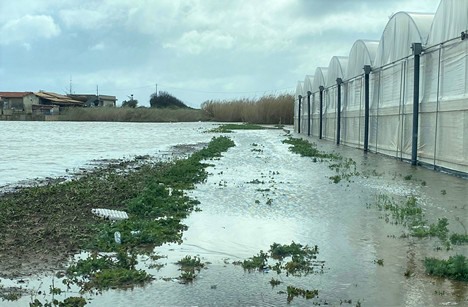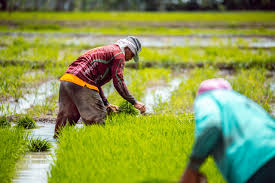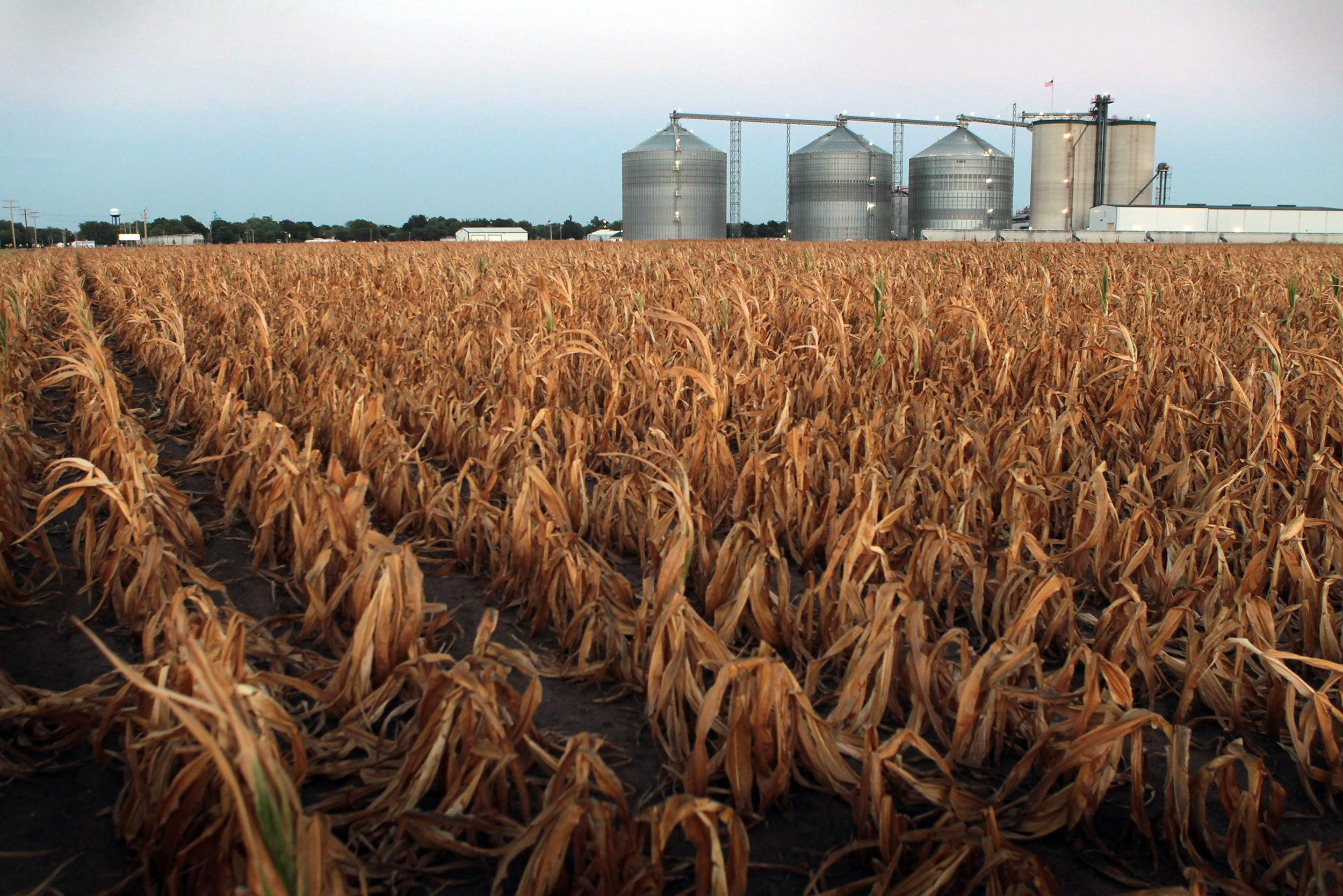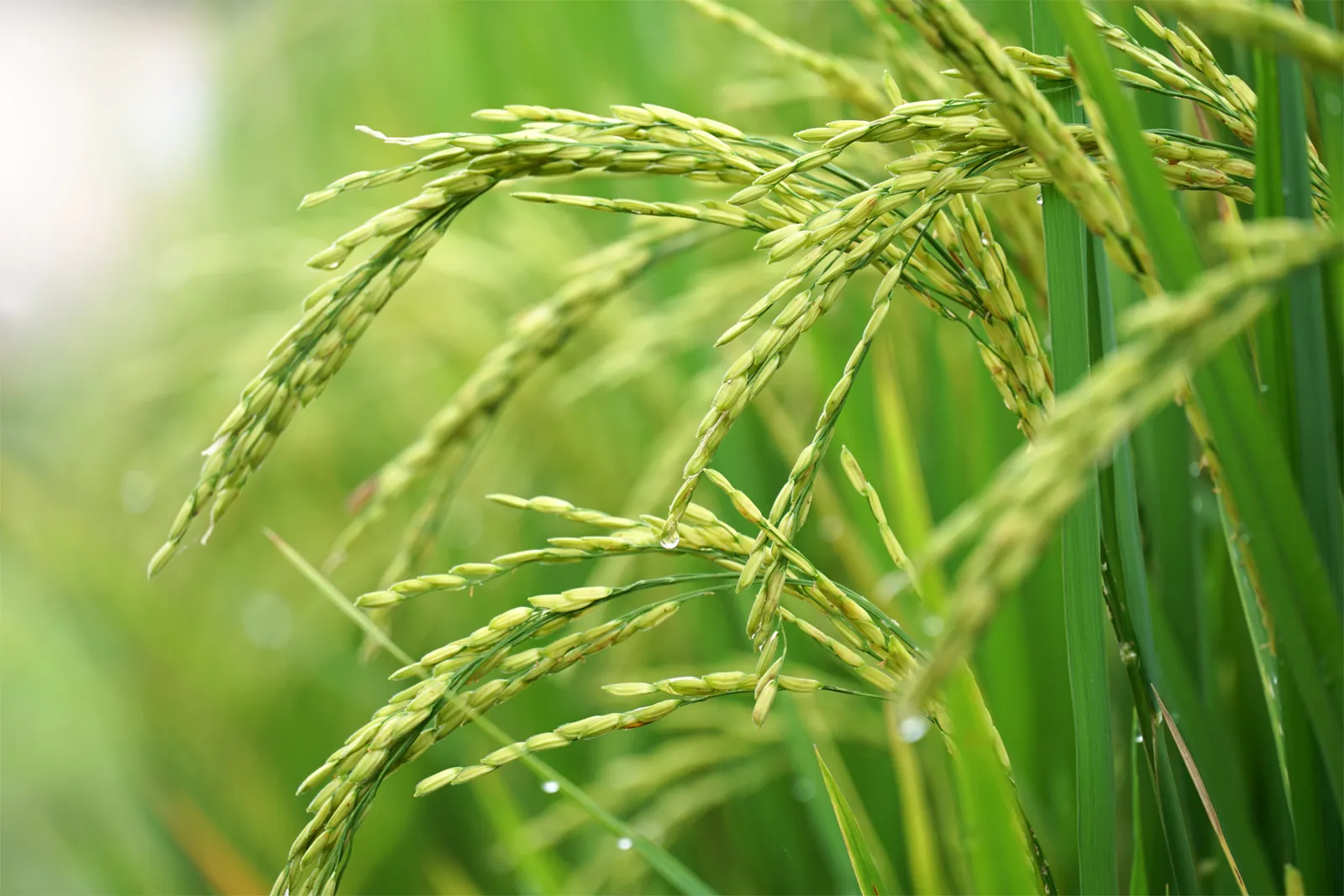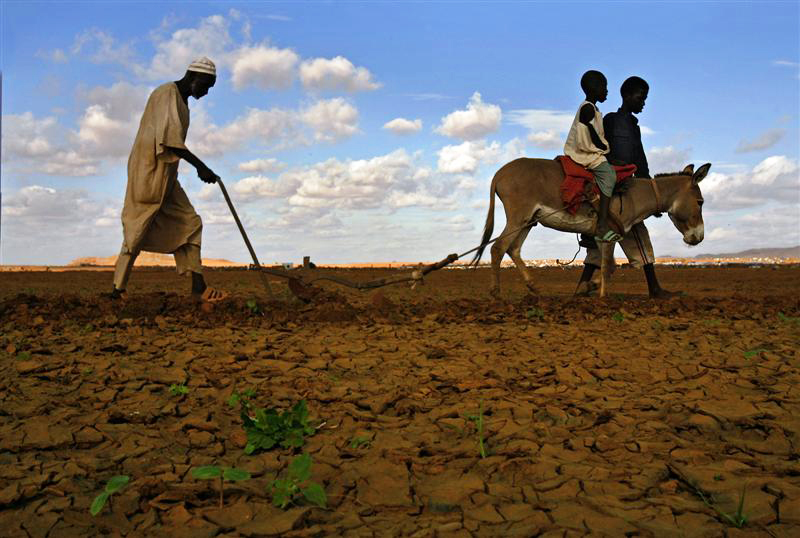Despite being labelled the backbone of Uganda’s economy, the agriculture sector has been susceptible to many challenges and risks related to both artificial and natural disasters. The risks, which vary from unstable produce prices to droughts, floods, pests and diseases, have not only hampered the growth of the agriculture sector, but also discouraged many people from venturing into it as a business, writes Faridah Kulabako
Ronald Mugisa lost 300 of the 500 chicken he reared for meat in a week. He wiped out his meagre resources treating the remaining birds, which failed to grow and fetch the market value for the normal chicken. It is now three years and he has not been able to resume because his capital was wiped out.
Besides, Mugisa, who lives in Kyanja, is scared of venturing there again. “I have nowhere to borrow money from to start again,” he says wistfully.
Like Mugisa, a number of farmers in the country have had to deal with disasters that have destroyed their crops, animals or poultry leaving them high and dry. Their situation complicated by expensive credit and lack of insurance cover.
The numerous challenges facing the agriculture sector, which used to be the mainstay back in the 1960s through to the 1990s, have reduced its contribution to the country’s Gross Domestic Product (GDP) from 54% in 1989 to 24% in 2015.
At 55%, the services sector now contributes over half of Uganda’s GDP and industry whose contribution is estimated at 21%, is also quickly catching up. Although experts say it is necessary to manage agricultural risks with appropriate mitigation measures, farmers are always left to seek their own solutions, even at the height of events which many times leave them in huge losses.
Uganda’s agriculture is heavily dependent on rainfall, meaning that rainfall variations account for huge variability in crop yields. This, together with fluctuation of agricultural commodity prices, affects farmers’ incomes.
The enormous dependency of crop production on weather highlights the pressing need for an effective mechanism to cope with weather-related production risks faced by the farmers. Such risks and financial losses have discouraged many people from venturing into agriculture as a business. The risks and losses could easily be mitigated through insurance.
Ugandan farmers have for decades been denied chance to insure their crops and animals due to the absence of affordable agriculture insurance policies. Ugandan insurance firms were in the past reluctant to offer agriculture insurance products due to the risky nature of agriculture and smallholder farming practices.
A few years ago, however, some insurance companies introduced agricultural insurance policies such as Kungula Agrinsurance, a product offered by a group of six insurance companies. These are Lion Assurance, APA, UAP, FICO, NIKO and National Insurance Corporation (NIC).
Currently, there are two types of agricultural insurance covers. Livestock/ animal and crop insurance and weather-index based insurance. The packages cover crop and pasture losses due to drought and excessive rainfall, among others.
Even with the introduction of agricultural insurance, the uptake remains low as most farmers see it as a luxury rather than a necessity due to the high cost.
According to industry players, premiums for agriculture insurance in Uganda range between 2% and 15% of the sum insured, depending on the acreage of the produce. This is expensive for most farmers, who are mainly smallholders.
Also, being a new product on the market, inadequate underwriting and assessing of agriculture loss skills, fewer veterinary doctors and limited access to credit have also contributed to the low uptake of agricultural insurance.
Government plans
In a move to offer a fallback to farmers, however, the Government, through the finance ministry, has proposed a sh5b agricultural insurance subsidy that will see farmers enjoy guaranteed incomes, irrespective of the weather vagaries and price fluctuations.
The subsidy proposed in the 2016/17 financial year budget is a public-private partnership arrangement between the Government and insurance companies and is expected to enable farmers access agriculture insurance and increase productivity.
The Insurance Regulatory Authority (IRA) Chief Executive Officer, Ibrahim Kaddunabbi Lubega, said the subsidy is expected to increase investment in the agricultural sector, boost productivity and enable increased access to credit.
Kaddunabbi noted that another sh5b has been set aside in the 2017/18 financial year and that more funds are expected in 2018/19 fiscal year.
IRA assistant director of research, Protazio Sande, said farmers with less than five acres of land or those whose annual income is less than sh20m, will get a premium subsidy of 50%, while those with over five acres of land or whose annual income is over sh20m get a 30% subsidy.
Poultry farmers with 500 to 2,000 birds will get a 50% subsidy, while a 30% subsidy will be given to those with more than 2,000 birds. Those rearing less than 30 head of cattle will get 50% premium subsidy while those with over 30 will get 30%.
Those engaged in piggery will get a 50% subsidy if they own less than 50 pigs, while those with more than 50 will get 30%. A 30% premium subsidy will be given to large-scale fish farmers.
A source in the finance ministry, who asked not to be named because he is not authorised to speak about the project, says to benefit from the subsidy, interested farmers will be required to apply through insurance companies or banks.
Their projects will then be assessed by a team of agricultural and insurance professionals to choose those that qualify.
“Banks have shunned lending to farmers because they consider agriculture too risky to lend to without insurance. The subsidy is, thus, a guarantee from the Government that seeks to increase access to agricultural insurance and credit,” the source explained.
In Uganda, less than 10% of total commercial bank credit goes to the agriculture sector. Although the detailed mechanics of the project, including the number of farmers to benefit from the pilot project is not clear, it is said the proposed premium subsidy will cover risks such as excessive rain, fire, flooding, drought, epidemics, crop pests and diseases.
The source further noted that the finance ministry and other stakeholders are developing modalities of access as well as checks and balances to guard against potential fraud eating away the scheme.
“We will engage brokers to assess the actual risk a farmer should insure against because cases may occur where an insurer intentionally misadvises the farmer, so that they do not pay the claim.
“The insurer may tell a farmer to insure against floods knowing that the possible risk the farmer could face is drought, so he refuses to pay saying the farmer insured against something else and the loss is different,” the source noted.
However, the source said the ministry is proposing multiple-peril insurance — a kind of insurance that bundles together multiple coverage of risks – so that farmers are compensated for any risks suffered.
Insurance companies, through their umbrella body, the Uganda Insurers Association, have for a while been lobbying the Government for an agricultural insurance subsidy to enable more farmers access it to insure their crops and livestock and guard against the many risks facing the sector.
Insurers welcomed the proposed sh5b subsidy, saying it will boost the uptake of agricultural insurance in Uganda.
EXPERTS' VIEWS: IT REQUIRES HUGE INVESTMENT
Rewa S. Misra, the MasterCard Foundation senior programme manager for fi nancial inclusion, noted that governments need to partner with insurance companies if agriculture insurance is to succeed in Africa.
She added that agricultural insurance requires huge investments to build quality data on weather patterns, which cannot be undertaken by private companies singlehandedly.
“Millions of farmers are accessing agricultural insurance in South Asia, India and China, because their governments have seen a policy case for their intervention,” she said on the sidelines of the MasterCard Foundation Financial Inclusion symposium in Cape Town.
“Without government interventions, African countries cannot achieve much as far as agricultural insurance is concerned,” she added.
Munyaradzi Daka, a consultant with Kungula Agrinsurance, said subsidies will help boost the uptake of agriculture insurance and save farmers from huge losses suffered in case of disaster and price fluctuations.
The National Union of Coffee Agribusinesses and Farm Enterprises (NUCAFE) executive director, Joseph Nkandu, said the intervention, however small, is a good starting point for supporting farmers and reviving the agricultural sector.
He, however, noted that the Government should put in place proper procedures of accessing the subsidy.
According to the chairperson of the governing board of Uganda Agribusiness Alliance, Victoria Sekitoleko, the subsidy is encouraging and indicates that the Government and the finance ministry have finally woken up to support the backbone of Uganda’s economy.
“If there is anyone who is patriotic in this country, it is the farmer. They cultivate even when yields were not good the previous season,” she noted.
However, she argued that for the subsidy to effectively support agricultural production and productivity, farmers should also access affordable credit to be able to run farming as a profitable business.
“No farmer can deliver and break even when the cost of borrowing is over 10%. Insurance will only work if farmers are using affordable credit,” she said.
Some experts, however, say the sh5b subsidy is little money for a sector that employs about 80% of the population.
Government subsidies are the most effective way to boost the uptake of agricultural insurance and boost agricultural productivity as seen in countries such as Brazil, India, China, Senegal and Malawi.
The Indian government, for instance, gives a 50% subsidy while in Brazil, the percentage of the premium subsidy for rural insurance is 60%.
Source - http://www.newvision.co.ug



